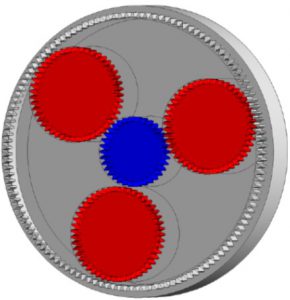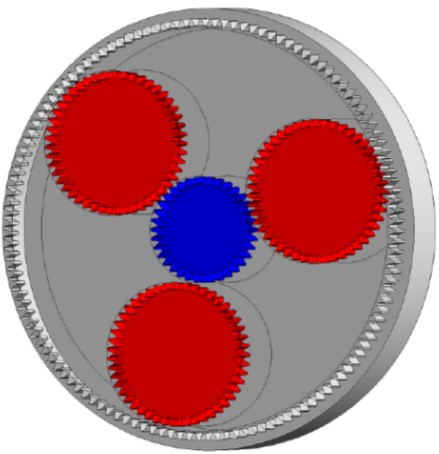ASME Turbo Expo 2017 – GT2017-64917
Aside from increasing the overall engine pressure ratio, current trends in the design of innovative aircraft propulsion systems focus also on improving the propulsive efficiency. In this context, research efforts have been devoted towards the implementation of a new family of Ultra-High Bypass Ratio (up to 20) engines. In order to take into account the new constraints set by this innovative fan concept, configurations able to guarantee an independent optimization of the low pressure spool modules are more promising. This framework however introduces new challenges for the transmission system in terms of heat management and power losses, since the amount of power transferred through the gearbox is largely increased. Among the various types of losses occurring within the gearbox, whose relative magnitude largely vary depending on the operating conditions, one of the most significant at high rotational speeds is certainly windage.
This paper studies windage losses within an epicyclic gear train by means of CFD simulations. Superposition effect is assumed for the various losses contributions hence gear meshing is avoided to simplify the computational domain and separate the effects. Results obtained in this computational campaign highlight the influence of most relevant parameters such as oil concentration, chamber pressure and rotational speed. The response of the system to increased oil concentration and chamber pressure is linear with density variation, while power losses on both sun and planetary gears are shown to scale well with the third power of rotational speed. Furthermore the effects of geometrical modifications, introduced to avoid gear meshing, are studied and guidelines to scale the effective power losses is provided.
http://proceedings.asmedigitalcollection.asme.org/proceeding.aspx?articleid=2650169
https://www.researchgate.net/publication/319173114_Computational_Analysis_of_Windage_Losses_in_an_Epicyclic_Gear_Train


